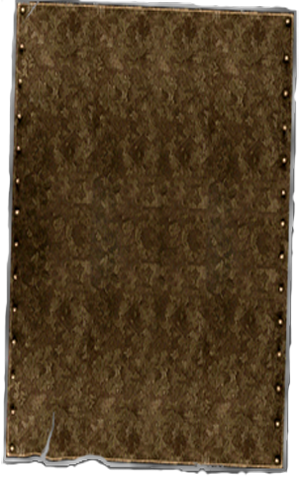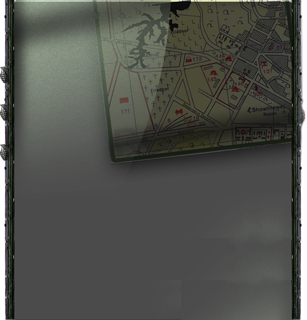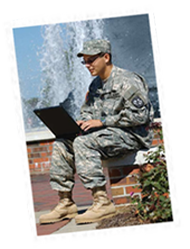







In the late 1800s, early forms of distance education were correspondence courses during which students mailed their work to a teacher, the teacher graded the work and commented on it, and then the teacher mailed the work back to the student. In their book, Correspondence Instruction in the United States, Ossian MacKenzie, Edward Christensen, and Paul Rigby (1968) discussed opportunities that this form of education provided for students who were unable to attend classes in a face-to-face setting.
One of the most important aspects of distance education that was lacking in correspondence study was the student-to-student (task-related) social interaction. Mackenzie and his co-authors (1968) recognized that exchange of information and possible collaborative construction of new knowledge among peers could enhance students' overall course experiences. The authors proposed that students often learn through class discussions, debates, and other classroom interactions; these are other elements absent in correspondence study. Although many students were able to take courses through correspondence study, the authors recognized that the lack of participant interaction was a major issue to be addressed.
Today, thanks to many technological advances, men and women of the U.S. Armed Forces are able to receive educations far beyond those of the correspondence courses of the past while they are defending the country. Through technological interfaces such as Blackboard, military students are able to not only receive educational instruction, but they are also able to collaborate, interact, and exchange information with instructors and other participants in the course.
As part of the core curriculum at most universities, students are required to take composition courses. For military students, online composition courses provide a way in which they can continue their educational pursuits as they serve the country at home and overseas. By collaborating with the other student participants in online courses, soldiers may develop a sense of community in their educational experiences similar to that in their military environment.
There are three elements of design that may assist instructors in creating an environment that addresses these needs of an online composition community: collaboration, interaction, and social presence. Collaboration may be defined as a form of interaction in which participants, voluntarily or by mandate, engage in group activities to construct knowledge (Palloff & Pratt, 2005). In the context of online learning, interaction may be defined as an exchange of resources, personal or content related, between two or more participants within an online course, which may or may not result in the construction of new knowledge (Moore, 1989; Moore & Kearsley, 1996). Social presence is the recognition of "feeling, perception, and reaction" to another intellectual individual in the computer-mediated communication (CMC) environment (Tu & McIssac, 2002, p. 146). An online community is a group of participants who are brought together in an online classroom environment to interact, exchange ideas, and collaborate in order to gain a knowledge and understanding of the subject matter, of the course, and of how the subject matter and course pertain to their lives (Palloff & Pratt, 2007; Tu & Corry, 2002; Shea, 2006).
Soldiers reside within the military community of the United States Army. Distance learning elements such as social presence and online community could be assets for providing a means in which soldiers may collaborate with others in an academic environment to gain new understandings. By intertwining participants' sharing of personal life experiences, writing, and literature, all participants would gain opportunities to experience the things that the other soldiers in their academic community carry.